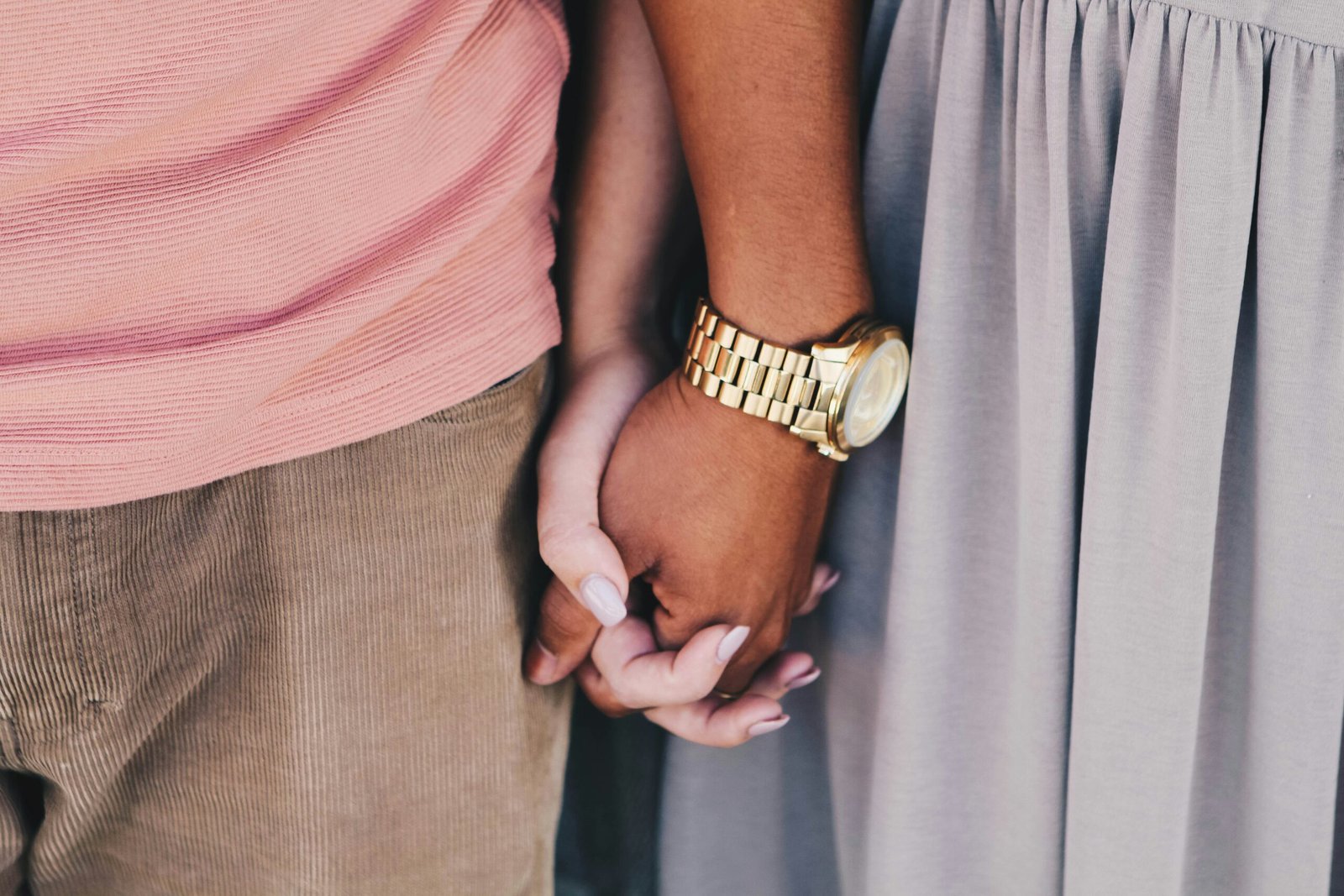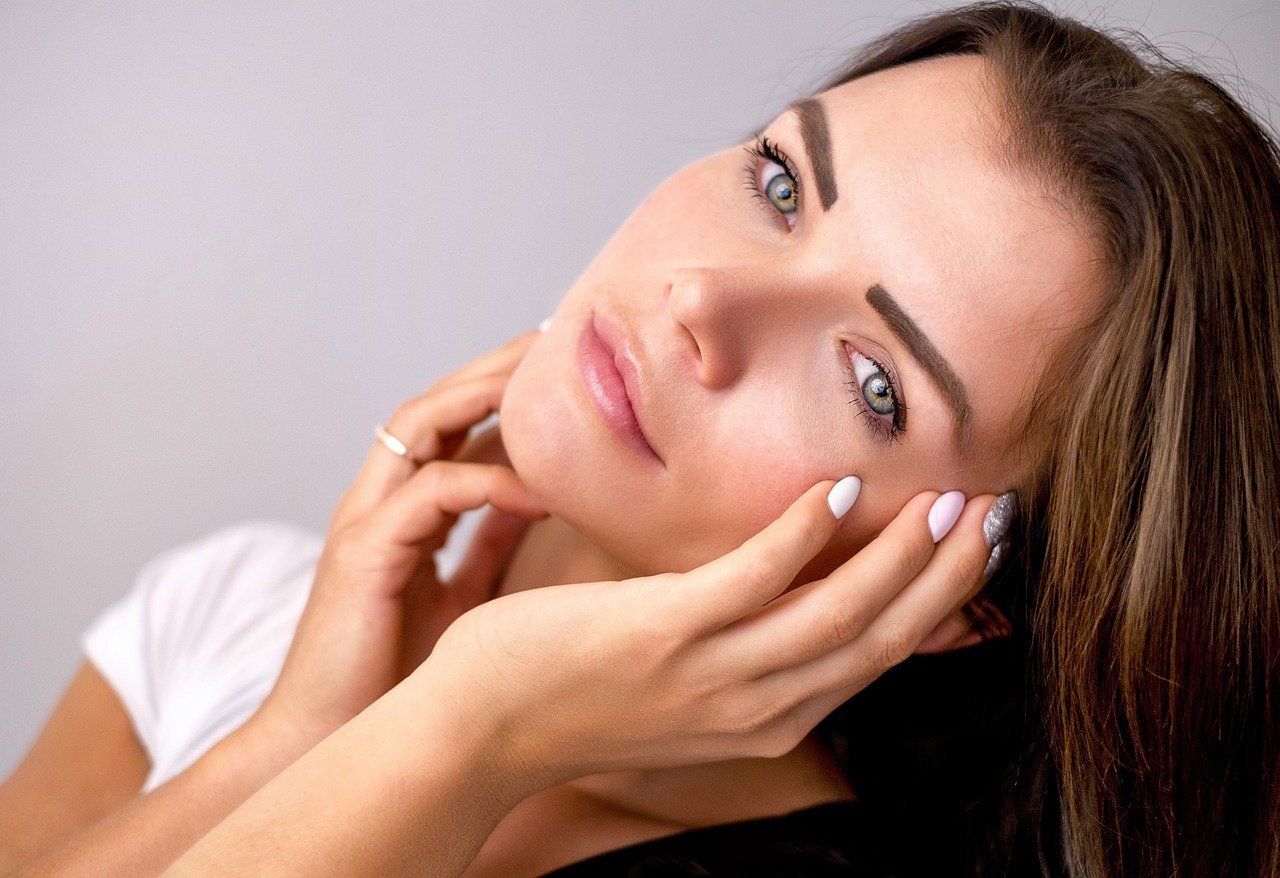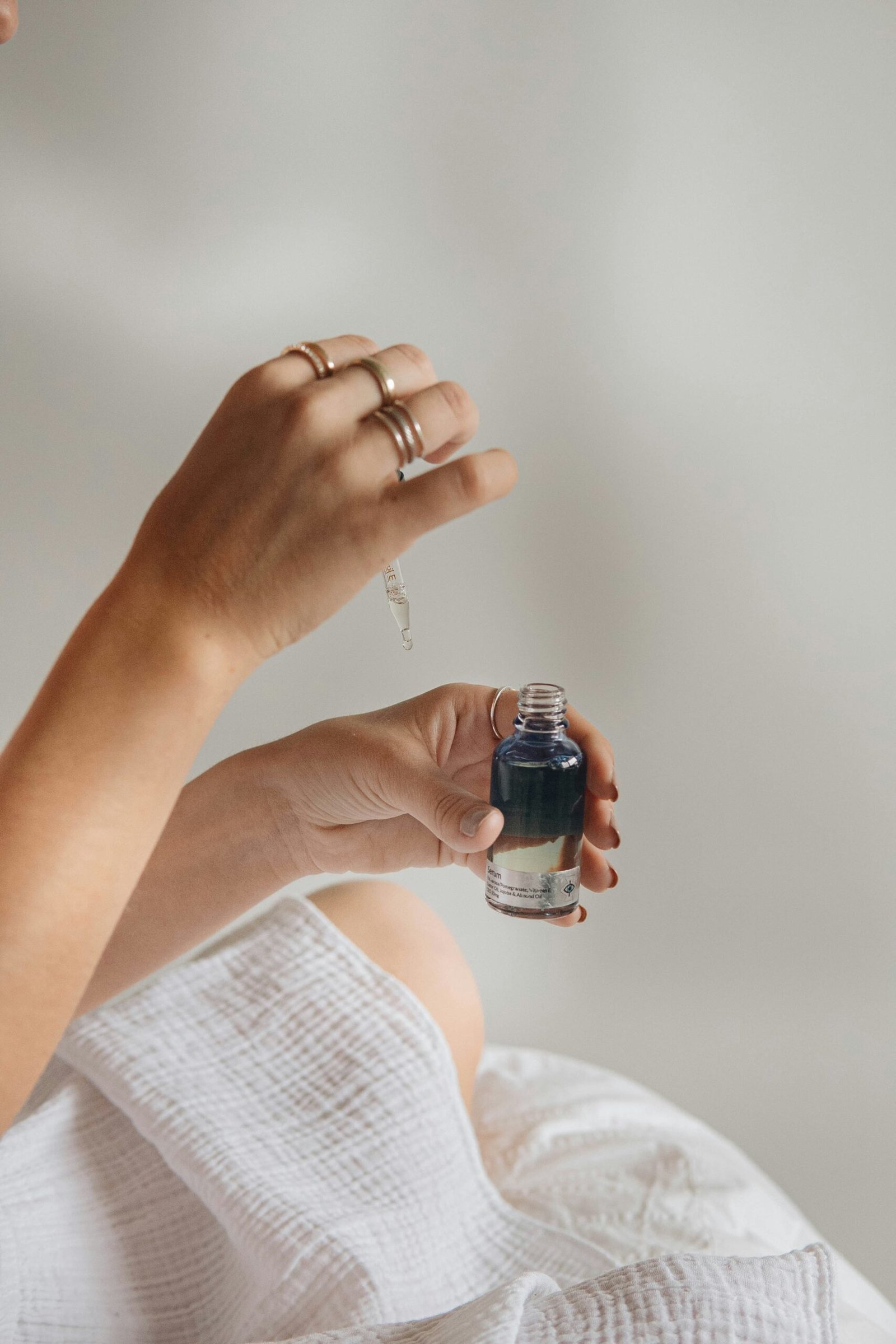Introduction
Today we will attempt to answer the question of what is the most attractive skin tone. The concept of an attractive skin tone has been a subject of debate and curiosity for centuries, intertwining with various cultural, social, and historical contexts. What is perceived as the most attractive skin tone is far from being a universal truth; it is, instead, a multifaceted idea influenced by a myriad of factors. Throughout history and across different cultures, beauty standards have continuously evolved, reflecting societal changes and preferences. These evolving standards reveal much about cultural identity, values, and norms.
In Western societies, for instance, fair skin has often been associated with nobility, wealth, and beauty, stemming from times when aristocrats stayed indoors, away from the sun. Conversely, in many African and Middle Eastern cultures, darker skin tones are celebrated, attributed to the shared heritage and environment. In East Asian countries such as Japan and China, lighter skin has historically been prized, signifying aristocracy and refinement, whereas in countries like India, the spectrum of skin tones reflects the region’s rich diversity and intricate caste dynamics.
Despite these historical preferences, the contemporary globalized world showcases a blend of these varying standards. Today, the media, fashion industries, and social platforms propagate a multitude of beauty ideals, encouraging the appreciation of diverse skin tones. Understanding these dynamic standards is crucial in fostering inclusivity and self-acceptance. With the increasing recognition of diversity, there is a growing shift towards acknowledging and celebrating all skin tones, challenging previously narrow beauty paradigms.
As we explore what is the most attractive skin tone, it is essential to underscore the cultural, social, and personal factors influencing these perceptions. This blog post delves into the complexities surrounding skin tone attractiveness, inviting readers to reflect on their own beliefs and the broader societal implications.
Historical Perspectives on Skin Tone
Throughout history, perceptions of what constitutes the most attractive skin tone have varied significantly across cultures and epochs. Ancient civilizations like the Greeks, Romans, and Egyptians placed considerable importance on skin tone, embedding these preferences deeply within their social hierarchies and beauty standards.
In ancient Egypt, light skin was often associated with nobility and higher social status. This preference was illustrated in their art, where both men and women of higher status were commonly depicted with lighter skin tones. However, there was also a recognition of the beauty in darker skin, particularly among individuals who portrayed deities and mythical beings. This duality highlights that while lighter skin was preferred for societal roles, darker skin held a revered, almost sacred aspect.
Moving to ancient Greece, the ideal of beauty often included lighter skin for women. This aesthetic preference was closely tied to notions of purity and delicate femininity. Greek women of higher social classes avoided tanning and used white lead powder to attain a paler complexion, underscoring the cultural valorization of lighter skin. In contrast, men who toiled under the sun were usually depicted with darker skin tones, indicating their manual labor and lower societal roles. This dichotomy in skin tone illustrates a gendered perspective within Greek society.
The Romans adopted and adapted many Greek ideals, including those related to skin tone. Lighter skin continued to be associated with the elite, while darker, weathered complexions were seen as the hallmark of soldiers and laborers. Roman beauty practices also included the use of skin-whitening cosmetics, further perpetuating the desirability of fairer skin. Yet, Romans also celebrated a variety of skin tones in their representations of the vast ethnic mosaic within their empire, which indicates a nuanced appreciation of beauty across different skin tones.
The evolution of skin tone preferences in these ancient civilizations highlights how deeply intertwined notions of the most attractive skin tone were with social stratification and gender roles. While lighter skin was often privileged, historical evidence suggests a complex and multifaceted understanding of beauty that occasionally celebrated darker tones as well.
Cultural Variations and Regional Preferences
The perception of skin tone varies significantly across different cultures and regions, influenced by historical, social, and even economic factors. In Asia, particularly in countries like India, China, and Japan, lighter skin has traditionally been associated with higher social status and beauty. This preference dates back to ancient times when fair skin signified a life of leisure away from agricultural work under the harsh sun. A variety of surveys and studies indicate that products aimed at skin lightening are immensely popular, reflecting a continuing bias towards fairer skin tones.
On the other hand, Africa exhibits a diverse spectrum of preferences regarding skin tone. While some regions, informed by colonial histories and Western media influences, lean towards lighter skin, there is also a robust movement celebrating darker skin tones. Campaigns like “Black is Beautiful” and widespread social media advocacy have played critical roles in redefining beauty standards, promoting the attractiveness of darker skin as a source of pride and identity.
In Europe, preferences for skin tone can be quite nuanced. Western European countries often celebrate tanned skin, viewing it as a marker of health and vitality, possibly influenced by the allure of sun-kissed vacations. However, there remains an undercurrent of preference for lighter skin within certain social contexts. Eastern European countries historically favored fairer complexions, but contemporary trends show increasing acceptance and appreciation for more diverse skin tones.
In the Americas, the landscape is equally complex. Latin American countries exhibit deeply rooted preferences for lighter skin, a vestige of colonial history and societal stratification. Concurrently, there is a growing shift towards valuing diversity, as articulated through media representation and social movements. In North America, the focus on inclusivity has led to a broader acceptance and celebration of various skin tones, yet subtle biases still exist.
Ultimately, what is considered the most attractive skin tone is highly contextual and fluid, influenced by a myriad of cultural, historical, and social factors. By examining these regional variations, we can better understand the complex tapestry of beauty standards worldwide.
Scientific Studies on Skin Tone Attraction
Understanding what constitutes the most attractive skin tone has long intrigued scientists, leading to a variety of studies across disciplines such as human perception, evolutionary biology, and psychology. Research has shown that societal standards of beauty, including skin tone, are influenced by a myriad of complex factors.
Human perception studies have identified certain preferences when it comes to skin tone. For instance, a study published in the journal *PLOS ONE* found that participants from various cultural backgrounds tended to prefer skin tones that fell within the medium spectrum. This preference is often attributed to the assumption that medium-toned skin denotes good health and genetic fitness, making it more attractive to individuals seeking potential partners.
In evolutionary biology, skin tone attraction is often discussed in terms of adaptation and survival. One evolutionary hypothesis suggests that skin tone is an indicator of an individual’s ability to produce vitamin D—a crucial nutrient for bone health. Lighter skin tones evolved in regions with less sunlight to facilitate vitamin D production, while darker skin tones evolved in sunnier climates to protect against UV radiation. These evolutionary traits may subtly influence modern-day preferences, even if not consciously acknowledged.
Psychological factors also play a significant role in shaping perceptions of skin tone attractiveness. Exposure to media and societal standards heavily influences individual preferences. For example, Western media often promotes lighter skin tones as more desirable. However, a study in *Human Nature* found that preferences could shift based on local cultural beauty standards as well, indicating the malleability of our attraction to skin tone. This suggests that while certain skin tones might be universally appealing to an extent, local societal norms and exposure significantly modify these inclinations.
Altogether, scientific research underscores that there is no singular “most attractive skin tone.” Instead, various factors—ranging from health perceptions and evolutionary traits to societal influence—contribute to shaping an individual’s preference. These findings illuminate the complexity behind definitions of beauty, prompting us to reconsider simplistic notions of attractiveness. By understanding the scientific context, we can appreciate the diversity in beauty and the multifaceted nature of attraction.

The Role of Media and Popular Culture
The media and popular culture wield significant influence in shaping societal perceptions of beauty, including views on what constitutes the most attractive skin tone. From early cinematic representations to the slick pages of fashion magazines, movies, fashion, advertising, and social media platforms collectively forge and sometimes impose specific beauty standards. These mediums often glorify certain skin tones while marginalizing others, creating a somewhat narrow definition of beauty that can influence public perception and self-image.
Hollywood movies, for instance, have historically favored lighter skin tones, often featuring actors and actresses who fit a particular aesthetic mold. The prevalence of this trend contributes to a homogenous portrayal of beauty where lighter skin is often equated with desirability and success. Similarly, fashion runways and magazines frequently showcase models with specific skin tones, reinforcing the idea that certain shades are more alluring. This selective visibility impacts the fashion and cosmetic industries, where products and campaigns may cater primarily to a limited range of skin tones.
Advertising plays a crucial role as well. Brands that dominate global markets often propagate an idealized image of skin tone through their campaigns. Whether it is a luxury skincare product promising a “brighter” complexion or a designer brand featuring lighter-skinned models, the message can perpetuate a preference for certain skin tones over others. These industry choices do not exist in a vacuum; they shape consumer behavior and societal expectations about what is aesthetically appealing.
In recent years, social media influencers have joined traditional media in impacting perceptions of skin tone attractiveness. Influencers with massive followings often endorse beauty products or share personal beauty routines, further popularizing specific skin tones. The power of an influencer’s recommendation can significantly sway public opinion, frequently spotlighting particular skin tones as the standard of beauty. Consequently, the portrayal of the most attractive skin tone becomes a self-replicating cycle within social media ecosystems.
While some progress towards more inclusive representations in media and popular culture is noticeable, the historical emphasis on certain skin tones continues to affect contemporary beauty standards. Understanding media’s role allows for a more comprehensive discussion about cultural perceptions of beauty and the factors influencing what people consider the most attractive skin tone.
The Impact of Skin Tone on Self-Esteem and Identity
In today’s society, the perception of what constitutes the most attractive skin tone significantly influences personal self-esteem and identity. Numerous studies have highlighted the correlation between skin tone preferences and mental health outcomes. Individuals often find themselves navigating societal expectations that can either uplift or undermine their sense of worth. The impact of these pressures varies, with some experiencing a boost in confidence and others facing challenges that affect their self-esteem.
Historically, lighter skin has been favored in many cultures, leading to a phenomenon known as colorism. Colorism, which is the preferential treatment of individuals with lighter skin within the same racial or ethnic group, can detrimentally affect those with darker skin tones. This favoritism is deeply ingrained and perpetuated through media representations, social institutions, and cultural practices. The result is often a complex and painful interplay between self-perception and external validation. Those who do not fit the “ideal” often struggle with feelings of inferiority and may go to great lengths to alter their appearance.
Personal testimonies reveal the profound effects of these societal standards. For example, Sarah, a 25-year-old woman with a darker complexion, recalls feeling marginalized in school due to her skin tone. “I always felt like I was not seen or valued as much as my lighter-skinned classmates,” Sarah shares. Her story is not unique; many individuals with darker skin tones report similar experiences, which can lead to long-term psychological impacts such as depression and anxiety.
Conversely, those who meet the societal standard of the most attractive skin tone often experience a different set of challenges. While they may enjoy certain social privileges, the pressure to maintain this ideal can lead to its own set of mental health issues, including the fear of losing their perceived beauty and worth. This dynamic illustrates the intrinsic link between skin tone, self-esteem, and identity, underscoring the necessity for a more inclusive and equitable perception of beauty.
The Movement Towards Inclusivity and Diversity
The beauty industry has witnessed a significant shift in recent years towards inclusivity and diversity. Where once there was a narrow definition of beauty standards, an increasing number of brands, advocates, and organizations are now championing a broader and more accepting perspective. These efforts are helping to redefine the concept of ‘the most attractive skin tone,’ highlighting the beauty inherent in every shade.
Brands like Fenty Beauty have been at the forefront, launching extensive makeup lines that cater to a wide range of skin tones. This move has not only been commercially successful but has also paved the way for other brands to follow suit. It reflects a growing recognition that beauty is not confined to a single shade but is enriched by the spectrum of skin tones around the world.
Aside from brands, numerous advocates and influencers are using their platforms to celebrate diverse skin tones. Social media initiatives like #AllShadesAreBeautiful and #MelaninMagic have gained traction, encouraging individuals to embrace their natural complexion and challenge traditional beauty standards. These movements are instrumental in promoting self-love and acceptance across different communities.
However, the journey towards full inclusivity and diversity is not without its challenges. Some areas still show a lack of representation, and certain stereotypes and biases persist. The fashion and beauty industries, in particular, often need to do more than expand product ranges. They must also commit to diverse marketing campaigns and the normalization of a variety of skin tones in mainstream media.
Organizations dedicated to diversity and inclusivity are essential in this ongoing struggle. They work to educate, advocate, and implement policies that foster an environment where every skin tone is celebrated. While considerable progress has been made, continuous efforts are required to ensure that inclusivity in beauty standards is more than a trend but rather a lasting transformation.
Conclusion
The exploration of what is the most attractive skin tone underscores the fluid and subjective nature of beauty standards. Throughout history and across cultures, preferences for certain skin tones have shifted, reflecting broader societal values and ideals. It is crucial to recognize that beauty is not a fixed concept but rather a diverse and inclusive spectrum that celebrates individuality.
Embracing diversity in skin tone is not only an acknowledgment of different aesthetic preferences but also a step towards fostering inclusivity and reducing biases. Every skin tone possesses its unique allure, contributing to the rich tapestry of human beauty. By appreciating and valuing this diversity, we move closer to a more equitable perception of attractiveness that goes beyond superficial criteria.
As readers, reflecting on our own perceptions and biases is essential. By challenging these preconceived notions and cultivating an appreciation for all skin tones, we contribute to a more accepting and diverse world. Beauty should not be confined to narrow parameters but instead, celebrated in all its varied manifestations.
Ultimately, the question of what is the most attractive skin tone does not have a definitive answer. It is a reflection of individual preferences shaped by myriad factors, including cultural influences and personal experiences. By embracing a more inclusive approach to beauty, we pave the way for a richer, more diverse understanding of what is truly attractive.












